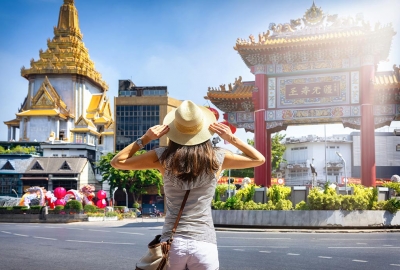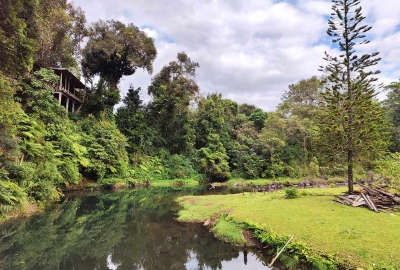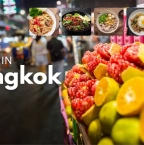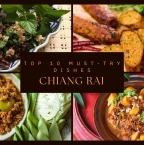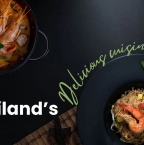
Pad Thai in Thailand: A street food dish not to be missed

Traveling to Thailand means immersing yourself in a world of refined flavors and captivating culinary traditions. Among the treasures of Thai cuisine, Pad Thai stands out as an unmissable street food dish. It is a sensory experience that reflects the richness and diversity of the cultural blend found throughout the country. In this article, let’s explore everything you need to know about Pad Thai, from its origins to the best places to enjoy it on your next visit to Thailand.
Table of Contents
The origins of Pad Thai
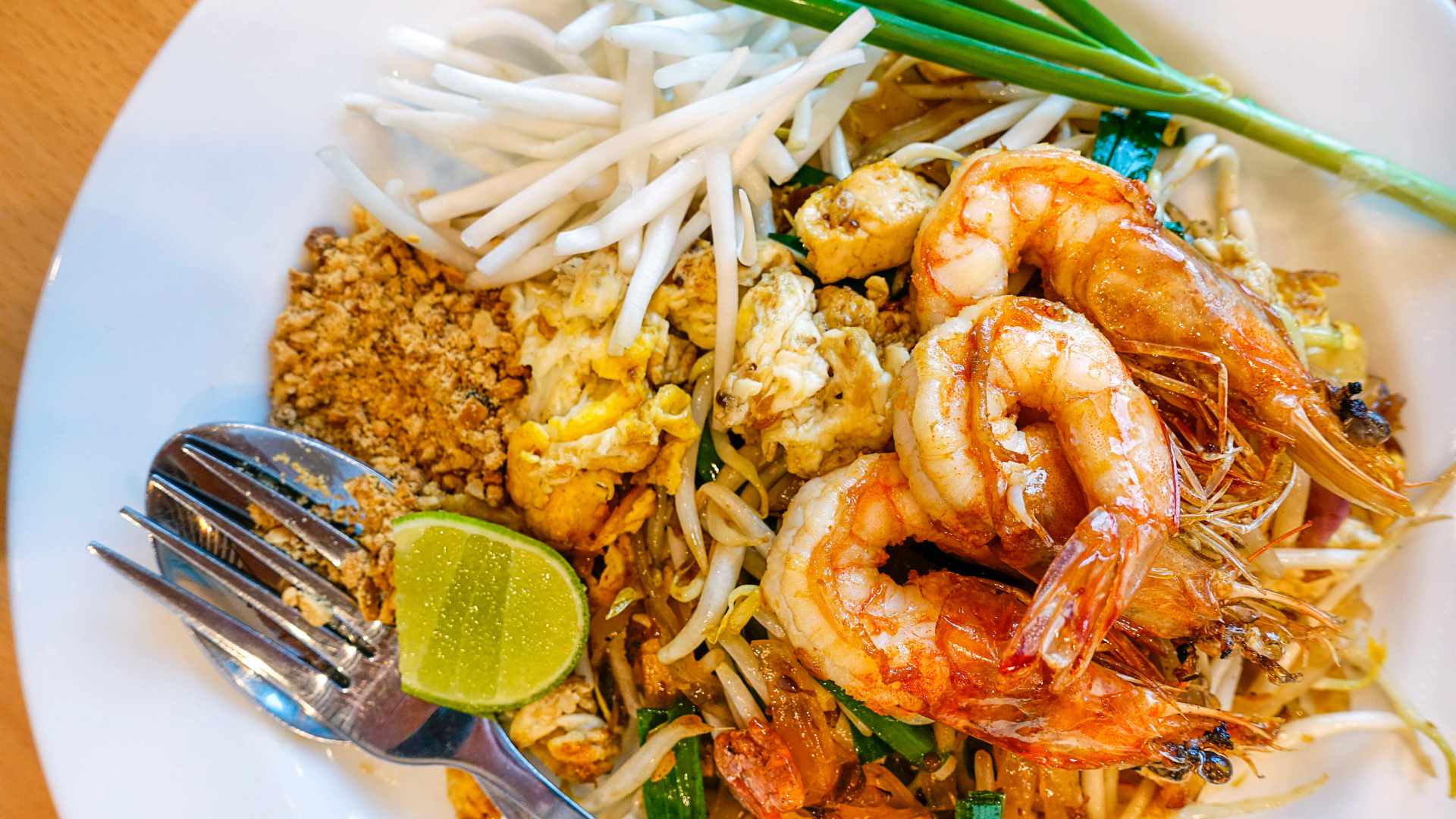
Pad Thai is more than just a noodle dish; it is a true symbol of Thai culinary identity, deeply rooted in the country’s history. Its origin dates back to the 1930s, when Thailand, under the leadership of Prime Minister Phibun Songkhram, sought to promote a sense of national cuisine. In the context of modernization, the government encouraged the population to adopt a dish that was both convenient and nutritious—thus, Pad Thai was born.
Initially inspired by Chinese cooking methods, Pad Thai underwent several adaptations to incorporate local ingredients. The dish primarily features rice noodles, a staple in Thai cuisine. Over time, it evolved into a fusion of Thai and Chinese culinary traditions, combining elements like shrimp, tofu, and a variety of herbs. Exploring the history of Pad Thai also highlights the crucial role of tamarind in the sauce—a key ingredient that gives the dish its signature sweet and sour flavor.
Pad Thai has become an iconic food served at street markets and eateries, beloved by both locals and tourists. The aroma of stir-fried noodles and fresh ingredients wafts through every corner, creating a vibrant and cozy atmosphere that makes your Thai adventure even more memorable.
What makes Pad Thai unique
What sets Pad Thai apart from other Thai dishes is its delicate balance of flavors and textures. Preparation begins with cooking rice noodles, which must be boiled to an al dente texture so they blend seamlessly with the other components. When stir-fried in a hot wok, the noodles develop a light outer crisp while remaining soft inside.
Key ingredients typically include shrimp, tofu, or chicken, adding richness and textural contrast. Roasted peanuts are usually crushed and sprinkled on top before serving, offering a crunchy counterpoint to the soft noodles. The sauce that binds all these elements together is crucial—a mix of fish sauce, sugar, and tamarind that delivers Pad Thai’s distinctive depth of flavor.
The dish is often garnished with fresh herbs such as coriander and chives, enhancing both the taste and the visual appeal. The contrast between the ingredients, the sweet and sour notes of the sauce, and the freshness of the herbs all contribute to a fully-rounded culinary experience.
Interestingly, different regions in Thailand have their own twists on Pad Thai. For example, in Chiang Mai, it’s often adapted with added curry or vegetables, while in Bangkok, it’s commonly served with spring rolls or crispy pancakes.
Thai cuisine: How to make Pad Thai from A to Z
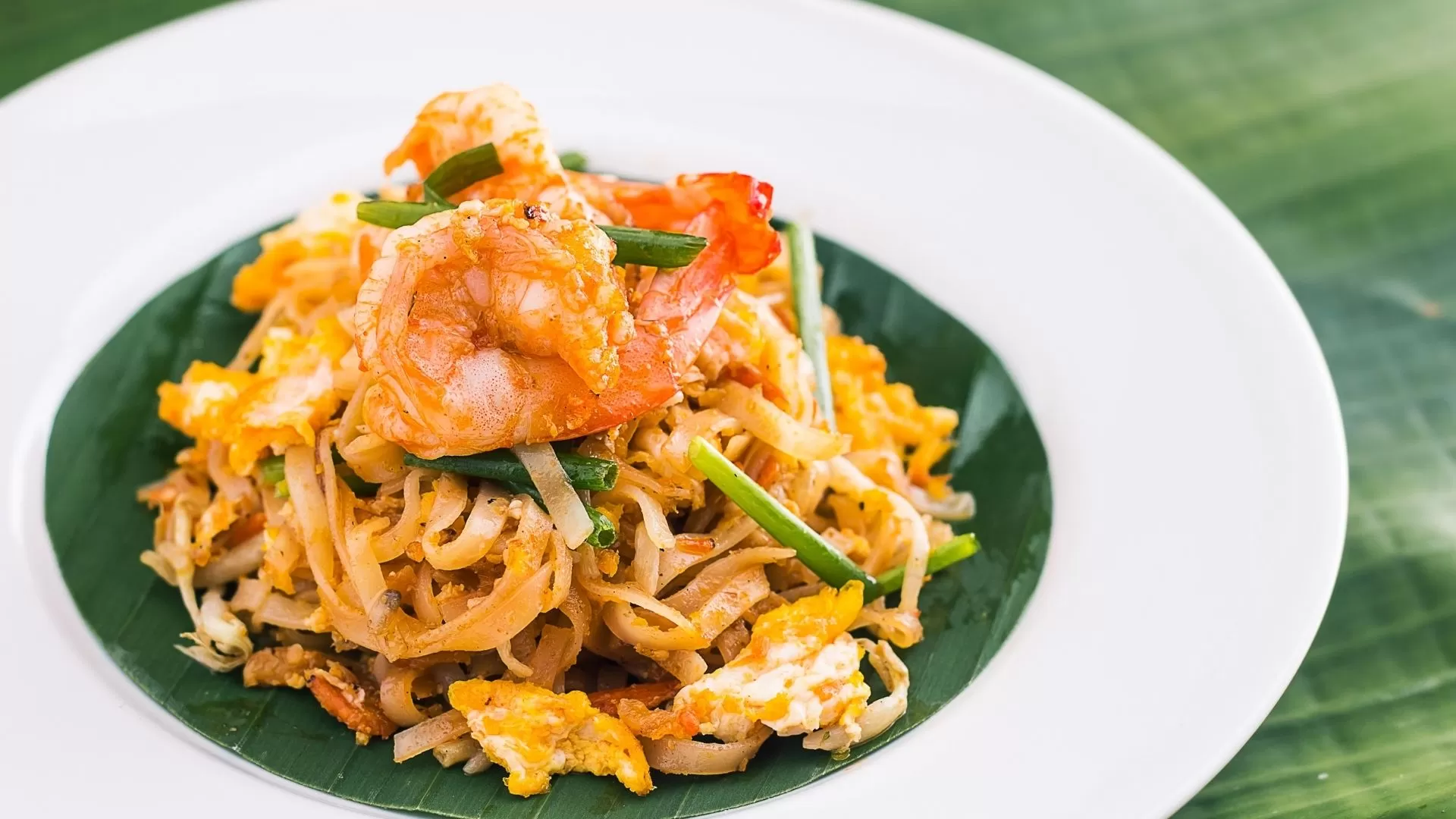
Making authentic Pad Thai at home may seem daunting, but it’s actually quite straightforward and rewarding. Here’s a step-by-step recipe to get you started:
Ingredients:
|
|
Step 1: Prepare the noodles
Boil a large pot of water. Add the rice noodles and cook for 5 to 7 minutes, or until soft but still firm. Drain and rinse with cold water to prevent sticking.
Step 2: Stir-fry the ingredients
In a large wok or frying pan, heat some cooking oil over medium heat. Add shrimp or tofu and stir-fry until golden brown. Push the ingredients to one side of the pan, crack the eggs into the other side, scramble them gently, and mix with the noodles.
Step 3: Add the seasoning
Add the noodles, followed by fish sauce, tamarind paste, and sugar. Mix well to evenly coat the noodles. Serve hot, topped with crushed peanuts, chopped chives, and a wedge of lime for extra zest.
Tips: For a vegetarian version, replace shrimp with tofu and use soy sauce instead of fish sauce. You can also add vegetables like grated carrots or bean sprouts for extra nutrition.
Top places to enjoy Pad Thai
When in Thailand, discovering where to enjoy authentic Pad Thai is essential. Below are some must-visit spots:
Bangkok
Chatuchak Market: A street food paradise where vendors prepare Pad Thai right before your eyes, offering an authentic and interactive experience.
Baan Phadthai
⏱️Hours: Daily, 11:00 AM – 10:00 PM
📍Address: 21 Soi 23, Charoen Krung 44, Bang Rak, Bangkok 10500, Thailand
- Thipsamai
⏱️Hours: Wednesday to Monday, 9:00 AM – 12:00 AM
📍Address: 313–315 Maha Chai Rd, Samran Rat, Phra Nakhon, Bangkok 10200, Thailand
- Sawasdee Ratchawat
⏱️Hours: Daily, 7:00 AM – 4:00 PM
📍Address: 955/11 Thanon Nakhon Chaisi Rd, Thanon Nakhon Chai Si, Dusit District, Bangkok 10300, Thailand
Chiang Mai
Sunday Walking Street: A great place to explore regional Pad Thai variations. The lively atmosphere and colorful food stalls make for a memorable experience.
Night Bazaar
⏱️Hours: Daily
📍Address: 104-1 Chang Klan Road, Chiang Mai
- Saturday Night Walking Street
⏱️Hours: Every Saturday from 4:00 PM – 10:00 PM
📍Address: Wua Lai Road, Chiang Mai City
- Sunday Night Market
⏱️Hours: Every Sunday from 4:00 PM – 10:00 PM
📍Address: Ratchadamnoen Road, Chiang Mai
Hua Hin
Enjoy Pad Thai right on the beach. Street vendors along the shore offer beautiful views while you savor this flavorful dish.
Krabi
The Krabi Night Market is an ideal spot to enjoy street food, including seafood-infused Pad Thai rich with local flavor.
Tasting the best Pad Thai is a true invitation to explore the richness of Thai culture. Every bite immerses you in a sea of flavors, showcasing the harmony between tradition and modernity. On your trip to Thailand, let Pad Thai captivate you—it is a vibrant symbol of the country’s hospitality and culinary creativity. Join Hanoi Voyages in discovering unforgettable moments while enjoying this delicious dish and exploring local traditions.
Explore Thai cuisine through these articles:
Dream about your trip to Asia, in private
We are here to make it happen with youFREE QUOTE, WITHOUT OBLIGATION









